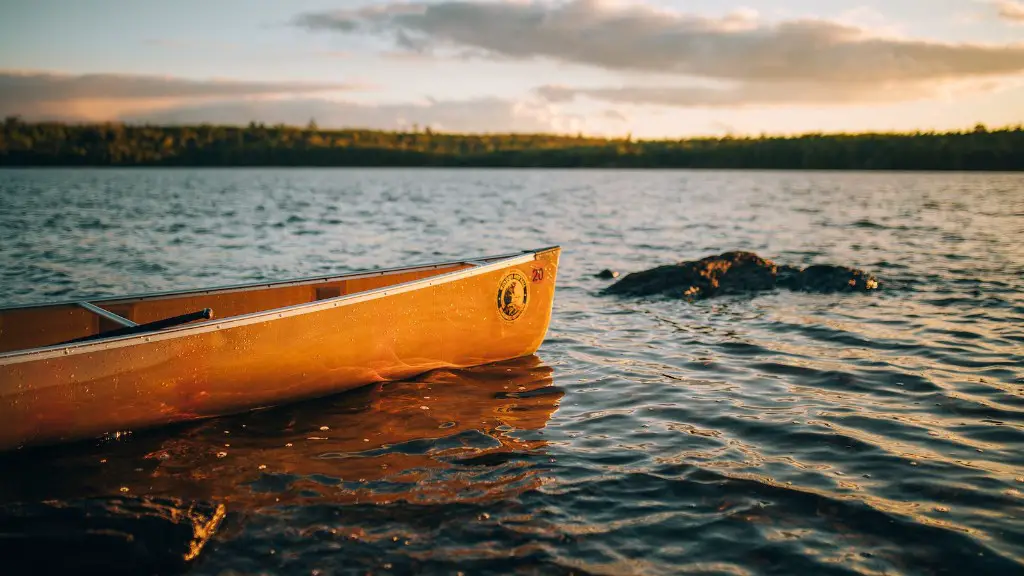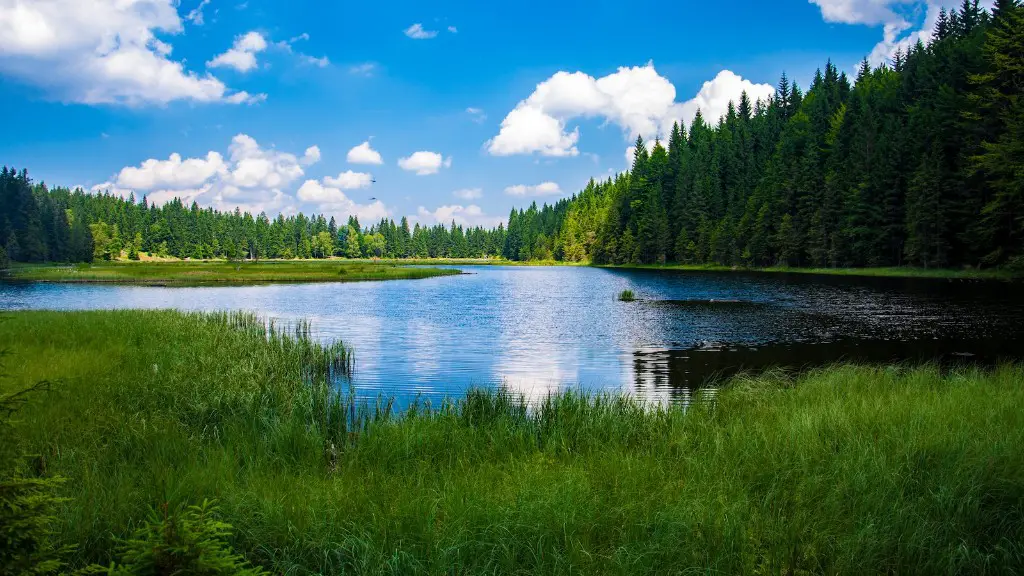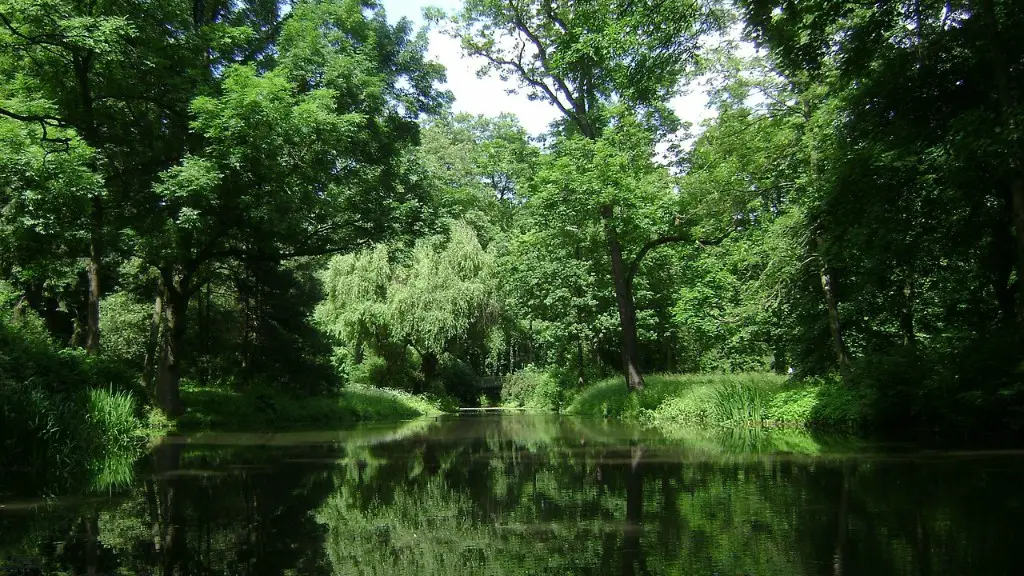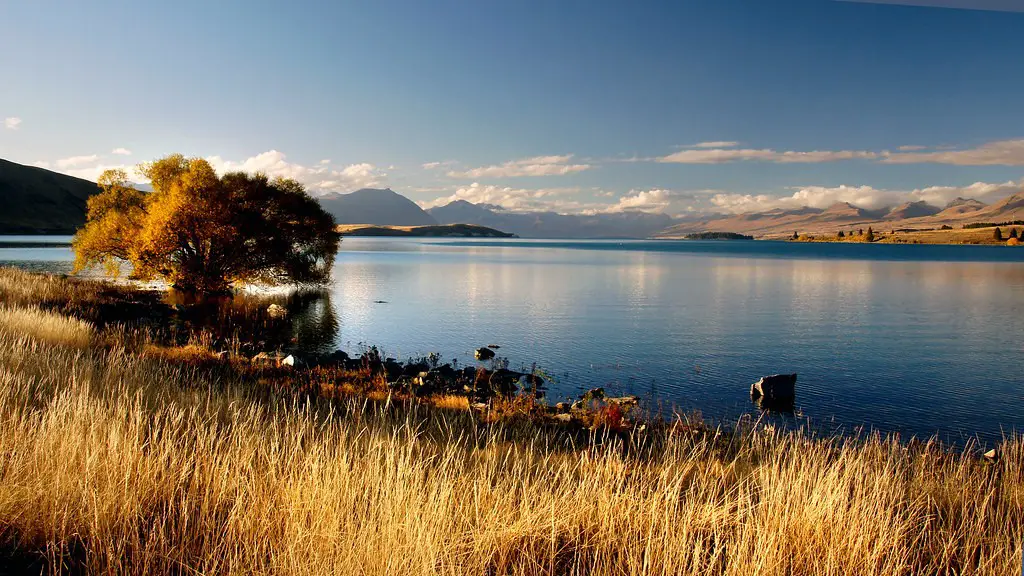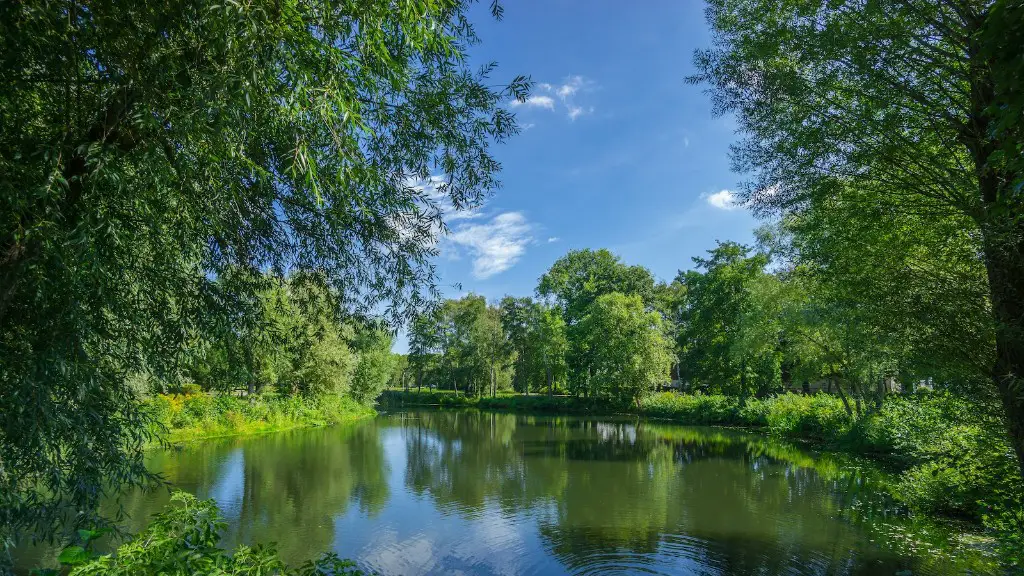Lake Malawi, located in the southeastern part of Africa, is one of the world’s largest freshwater lakes. It is the third-largest in the world in terms of surface area, and its deepest parts reach depths of up to 706 meters. The majority of that depth being in the northern half of the lake, while the southern half is less than 300 meters deep in most places. It also holds enormous amounts of hidden biodiversity as it contains an estimated 1,000 to 1,750 fish species, which are more than all the species of fish found in Europe combined.
Lake Malawi is approximately 615 km long and 120 km wide. It is bordered by three countries; Malawi, Mozambique, and Tanzania. A popular feature of the lake is its ‘Cichlid’ species, which gives the lake a special biodiversity and is a great draw for tourists. Approximately 1000 of the fish species are endemic to the lake, and these are the same species that are farmed for food for the locals. There are about 300 islands dotted around the lake, with some being inhabited, and these islands are used for activities like fishing and farming. It covers an area of about 29,600sq km and extends for about 480km from north to south.
Exploring the Lake Malawi and understanding its vastness is a difficult task, as its size is hard to comprehend. It has an estimated shoreline of 2,000 km, which means it is roughly equivalent in size to the whole country of Israel. In addition to that, the lake occupies a basin of 18,400 sq km, which is more than the country of Gambia. Essentially, the lake is strategically located right in the middle of three countries, taking up a large portion of their total land area, and touches the coast of Mozambique.
The lake has been the source of a large number of species of fish, which has provided a stable and sustainable food source for the locals, but in recent years overfishing has drastically reduced the number of species present. Apart from the fish, there are about 2,000 species of aquatic plants in the lake, which help to maintain the lake’s balance and also provide a great place for small animals to inhabit. The lake is also surrounded by vast hectares of forest, which provide a habitat for many endangered species such as the African Elephant.
The Lake is also home to many bird species, making it a bird watchers paradise. There are about 400 species of birds that inhabit the lake’s shores and its surroundings. This makes it the second most diverse bird area in the region, after Lake Tanganyika. Apart from being an important habitat for birds and a biodiversity hotspot, the Lake is also hugely important as a source of water and energy to the countries surrounding it. The lake’s water is used to irrigate land, provide drinking water and cooling of power plants.
Lake Malawi’s Effects On Local Communities
The local communities of the countries surrounding Lake Malawi have been greatly affected by the lake for thousands of years. It has been a source of life, sustenance, and culture for these communities. Its massive shoreline has provided the locals with the opportunity to use it as an income through tourism. The lake is also an important transportation route, making it easier for people to travel within the surrounding countries.
The lake’s biodiversity has been kept intact thanks to the governments of neighbouring countries working together to ensure their citizens continue to benefit from it. The locals also depend on it for subsistence fishing, an activity that helps them survive in a region where resources can often be scarce. The local communities also endeavour to keep the lake clean, as a lot of waste is released into it.
The locals also use the Lake for religious and cultural events. Different tribes living around the lake hold ceremonies and festivals to venerate it. These events form a crucial part of their life, as they seek to educate their young ones about the value of their culture and heritage.
Conservation of Lake Malawi
In recent years, there have been increasing efforts to protect the lake due to its biodiversity and importance as an economic resource. Some of these initiatives include the establishment of fishing policies, the installation of sewage systems, and the adoption of sustainable water management practices. Additionally, there have been efforts to regulate tourism in the region, as well as the introduction of a ‘catch and release’ policy.
International organisations, such as the World Wide Fund for Nature and the African Development Bank, are supporting the conservation of the lake and its surrounding communities. WWF is working to raise awareness and educate people about the importance of the lake and its biodiversity, as well as promoting the local economies that depend on it. The African Development Bank is investing in different infrastructure and training programmes aimed at preserving the lake and its related ecosystems.
Given the importance of Lake Malawi to the livelihoods of the people living in its vicinity, there is a need for sustainable management practices and conservation initiatives. Local stakeholders need to be positively engaged in actions such as policy discussions, awareness-raising campaigns, the promotion of sustainable livelihoods, and responsible behaviour.
What Is A Cichlid?
Cichlids, also known as tilapiine cichlids, are a large group of fish found in tropical, subtropical and temperate freshwater habitats. They are a very diverse family of fish, with over 2000 species commonly found in the African Great Lakes, and the Cichlidae family consisting of six subfamilies. The most common in Lake Malawi is the Haplochromis, often referred to as ‘mbuna’, which is the most abundant Cichlidae family. Cichlids are an important food source, and some species are also kept as aquarium fish.
Cichlid are very different in terms of their morphology and behaviour, with some species being very aggressive and territorial. Cichlids are a very important species in the Great Lakes, as they act as prey for a larger predator such as the otter or bird. They also form a crucial part of the lake’s ecosystem, as they help to keep the lake healthy and in balance by eating zooplankton, algae, and other small organisms.
Cichlids are also important because they form complex social groups, with males defending their territories from other males, and females protecting their young from predators. These social behaviours are very fascinating and are being actively studied by researchers.
Dangers Facing Lake Malawi
Although efforts have been made to conserve and protect Lake Malawi, there are still numerous threats that the lake is facing. These include pollution from agricultural activities, erosion, and overfishing. There is also the potential threat of unsustainable tourism activities, as tourist numbers continue to grow. If these threats are not addressed, they could result in a significant impact to the lake’s ecosystem, which includes the Cichlid species and a lot of other fish species.
The other danger is climate change and the effects of global warming. As temperatures in the surrounding regions continue to rise, this could cause a decrease in the oxygen levels in the lake, as well as an increase in pollutants due to runoff from agricultural lands. This could have a drastic effect on the fish and other aquatic species, leading to the extinction of some species.
The massive human population living around the lake is also putting pressure on its resources and environment, mainly due to the overuse of natural resources such as firewood and water. Additionally, urbanisation and industrialisation around the lake is leading to land degradation, water pollution, and other problems. If these threats are not check, the lake could be in serious danger of degradation.
Conclusion
Lake Malawi is a massive lake with an enormity that is hard to comprehend. Its immense size and biodiversity makes it an important source of sustenance for the local communities, and an essential part of the ecosystems of the countries surrounding it. Its tourist attractions also bring in income for the locals. Despite the current efforts to protect and conserve the lake, there are still serious threats to its sustainability. If these are not addressed quickly and decisively, its future of its ecosystem and local communities could be in danger.
